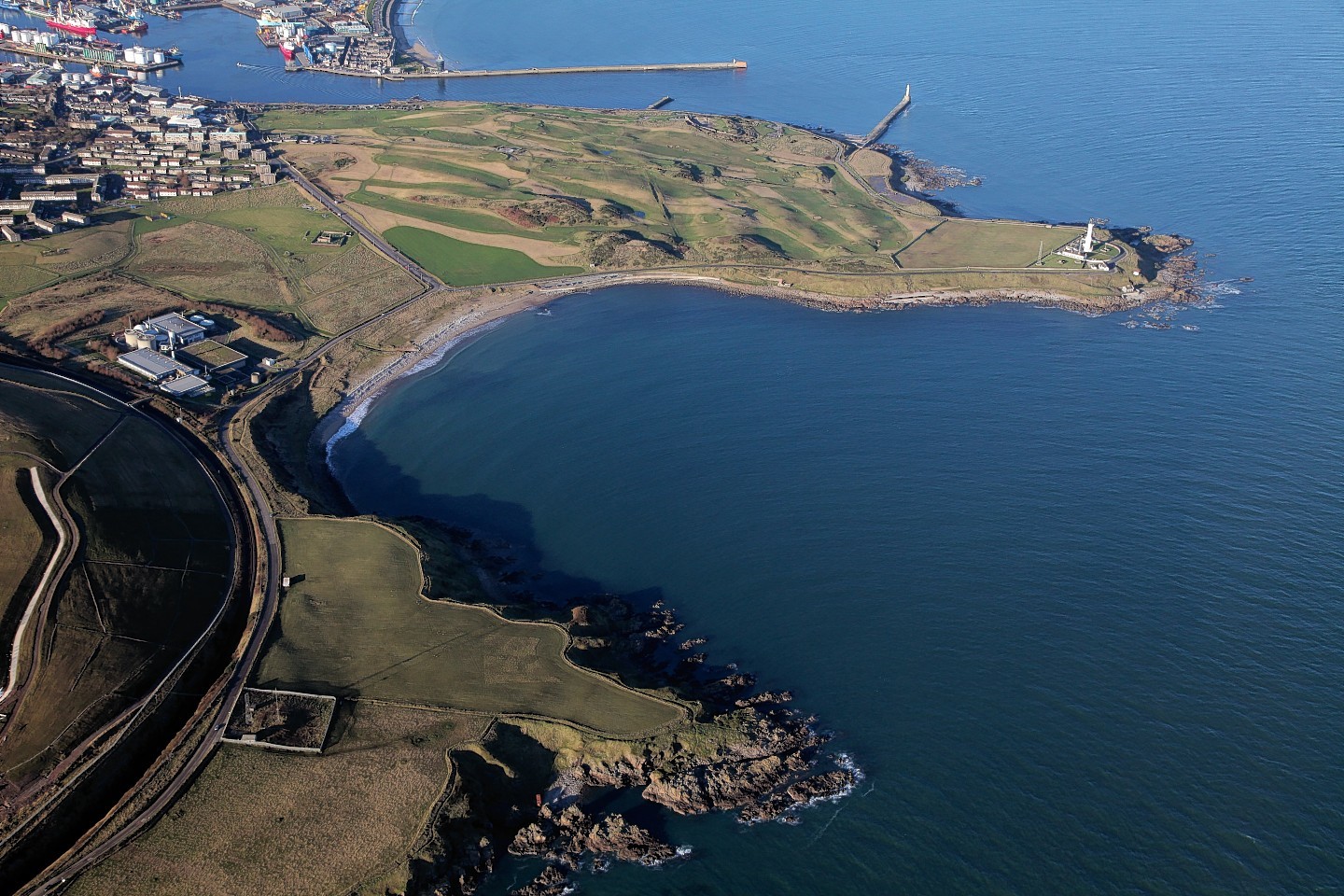Aberdeen Harbour Board has received £595,000 from Europe to fund feasibility studies into the £320million Nigg Bay expansion.
The funding from European Commission’s TEN-T 2013 transport infrastructure initiative will allow the development of an Environmental Impact Assessment (EIA) and the modelling of wave climate in the proposed port using a specially constructed scaled model.
The European money for the assessments will be matched by the harbour board.
Colin Parker, Chief Executive of Aberdeen Harbour said: “The award of this funding is hugely significant. It further demonstrates recognition of this highly strategic project as one of national and international importance. It also recognises the board’s diligence in ensuring all the requirements of any future application, in particular the environmental considerations, are met in their entirety.
“We are particularly pleased that the Commission considered our application, produced with the assistance of the Aberdeen-based TEN-TaNS Project Framework, to be very ‘relevant, realistic and consistent’, as well as of very good quality. The board is committed to seeking public funding in support of the Nigg Bay Project, and we hope that similar funding to this will be secured in support of the construction project itself”.
Amongst a number of subjects, the EIA will include individual studies into noise mapping, air quality, visual impact, socio-economic factors, hydrodynamics, fish and bird life, archaeology, traffic/ transport and water sediment/ quality. The modelling will look into wave analysis, climate and mooring conditions. Both reports are due for completion in 2015.
